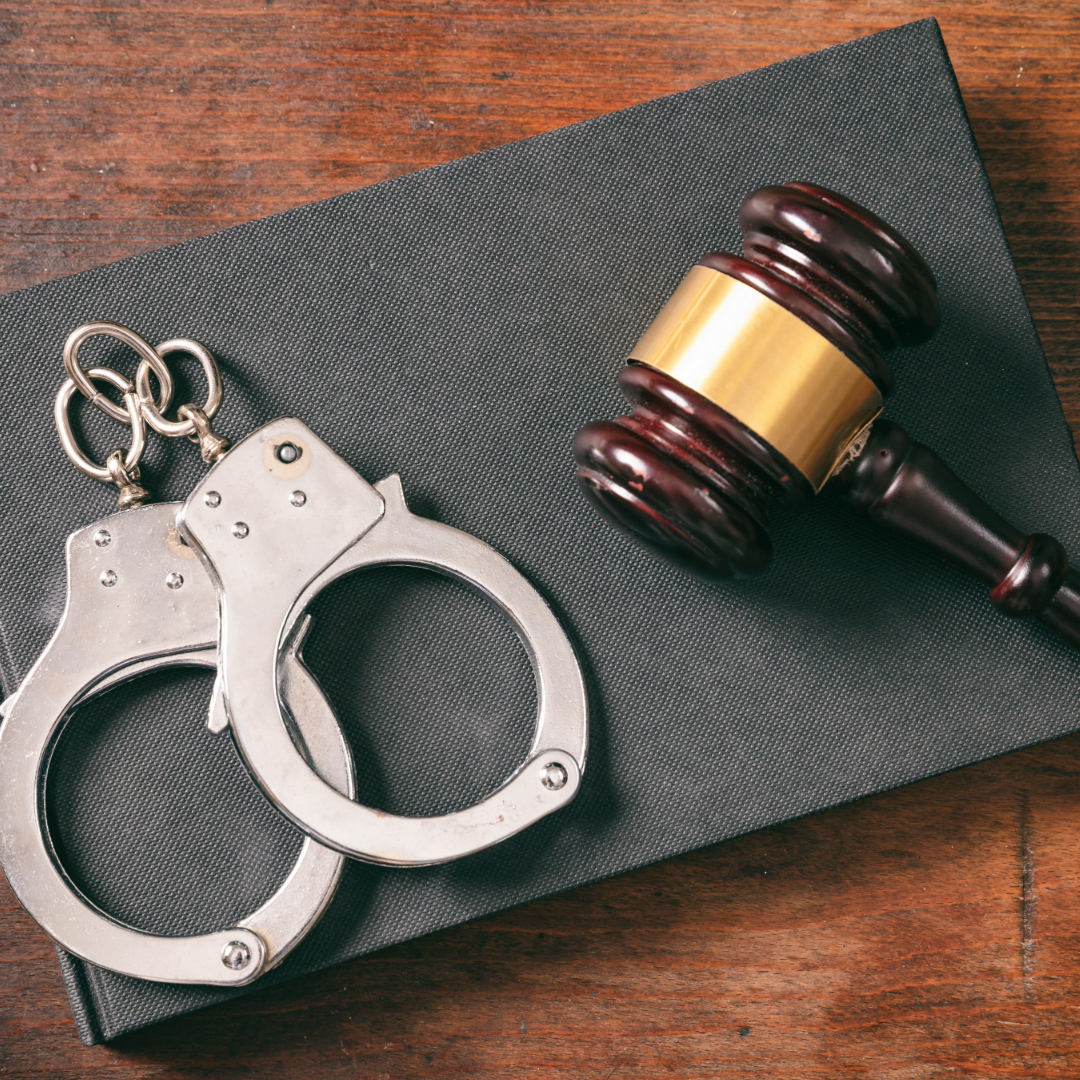The criminal justice system is full of complexities, and bail money is no exception. Thousands of defendants are released daily on their recognizance or by posting bail. But what happens to the money once it’s paid? Where does it go, and who benefits from it?
When someone posts bail, the money goes to several different places. The first place it goes is to the court system. This money is used to help keep the courts running and pay for court fees and salaries. The second place bail money goes is to the bondsman. The bondsman uses this money to help cover the costs of posting bail for a defendant. The final place that bail money goes is back to the person who posted it. This money is returned to them once the case has been resolved.
What Is For-Profit Bail?
For-profit bail is a system in which bail bond companies charge fees for their services. In most cases, the price is 10% of the total bail amount. For example, if someone’s bail is set at $1,000, the bail bond company will charge $100 for its services.
A few states have outlawed for-profit bail, but it is still commonplace in many parts of the country. Some argue that for-profit bail creates a two-tiered justice system in which those who can afford to pay can get out of jail while those who cannot are stuck behind bars. Others attest that this system allows people to be released from jail, even when they do not have the money to pay the full amount of bail set by the judge.
Bail Reform in California
In some jurisdictions, reforms have been enacted to ensure that bail money is returned to defendants or that the system of posting bail is abolished altogether. Many of these reforms aim to ensure that the criminal justice system is fair and equitable for all parties involved.
In some states, courts may be required to return a defendant’s bail money if they appear for their scheduled court dates. Other states may require the court to keep the money as a form of payment for any fines or fees associated with the case. Still other states have passed laws requiring that a portion of any bond money posted by a defendant be returned to them after they appear for their court date. This helps to ensure that defendants are not “double charged” when paying bond costs.
In California, the issue of bail reform is ongoing. As of 2024, several important modifications have been made to the bail process and arrest procedures.
New Approach to Setting Bail Amounts
A key update involves the methodology for determining bail amounts. Courts are now mandated to consider the defendant’s financial status when setting bail. This adjustment aims to ensure a more equitable system that does not unduly penalize individuals based on their economic situation.
Broader Access to Pretrial Release Programs
In an effort to decrease dependence on cash bail, California is broadening the scope of pretrial release programs. Non-violent offenders may now have greater opportunities for release through alternative methods. This shift focuses on maintaining community safety while alleviating the financial strain on defendants.
Emphasis on Rehabilitation Over Punishment
The recent reforms also signal a move towards prioritizing rehabilitation rather than solely punitive measures. Judges are now granted more latitude to explore alternatives to incarceration, particularly for minor offenses, reflecting a shift towards more rehabilitative approaches within the justice system.
Bail Reform in Los Angeles County
In the fall of 2023, L.A. County made a notable shift in its pretrial justice system by adopting a "zero-bail" policy. This policy represents a dramatic change from the traditional cash bail system, fundamentally altering how the county addresses pretrial detention for most offenses. The zero-bail approach aims to reduce jail overcrowding and ensure that defendants are treated fairly, regardless of their financial means.
This new policy, which took effect in October 2023, eliminates cash bail for most misdemeanors and certain non-violent felonies, moving away from the previous practice of setting bail amounts based on the seriousness of the charges. The change has sparked considerable debate, with some cities within Los Angeles County, such as Arcadia, Artesia, and Downey, challenging the policy through legal action. Critics argue that the traditional cash bail system was biased in favor of those with greater financial resources, and they have raised concerns about public safety under the zero-bail framework. Despite these challenges, however, the zero-bail policy represents a significant shift in how pretrial detention is managed in Los Angeles County.
Should You Call a Bail Bondsman If You or a Loved One Is Arrested?
If you or someone you love is arrested in Los Angeles or the surrounding areas, contacting a bail bondsman can be a practical and beneficial step. A bail bondsman can help facilitate the release process by posting bail on behalf of the defendant, typically for only a fraction of the total bail amount, which is paid as a non-refundable fee. This arrangement can be especially valuable if the bail amount is set too high for immediate payment. Additionally, bail bondsmen are familiar with the legal system and can guide you through the complex procedures, ensuring that all necessary paperwork is completed correctly and promptly.
Moreover, a bail bondsman can provide crucial support by managing the logistics of the bail process, which can be stressful and confusing during such a challenging time. They work directly with the court and law enforcement to expedite the release of your loved one and often offer flexible payment plans to accommodate your financial situation. By leveraging their expertise and resources, you can alleviate some of the immediate burdens of securing bail and focus on addressing other aspects of the legal situation.
For more information, including how Dan's Bail Bonds can help, contact us today. We are available 24 hours a day, 7 days a week.

